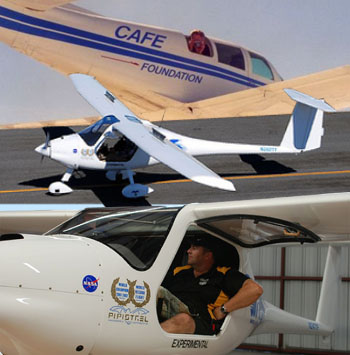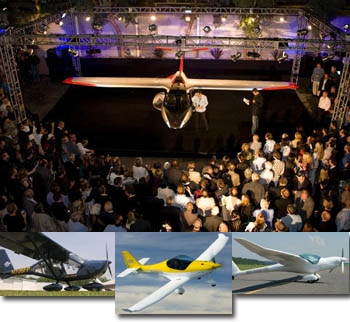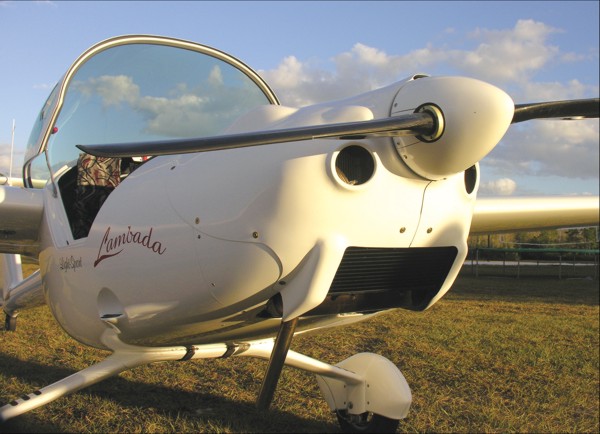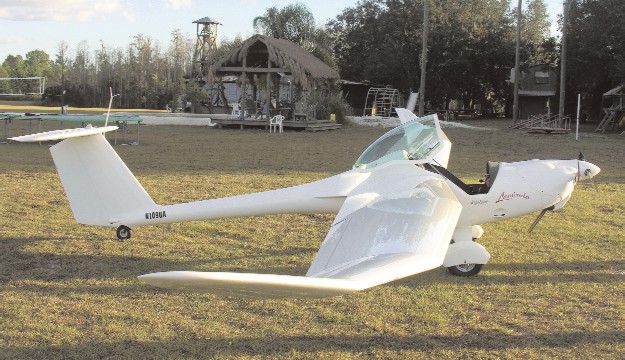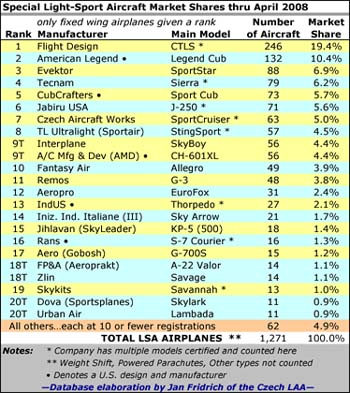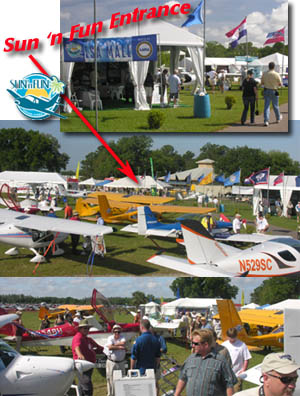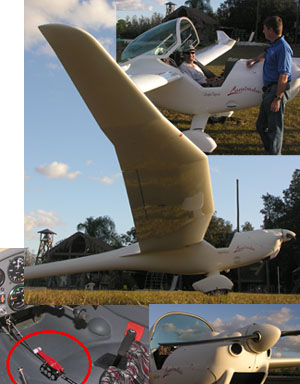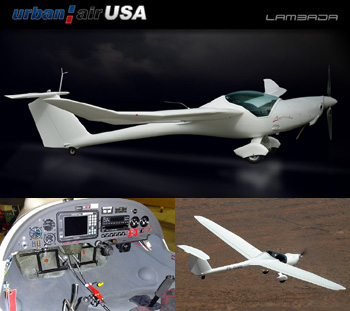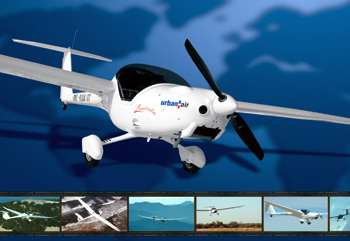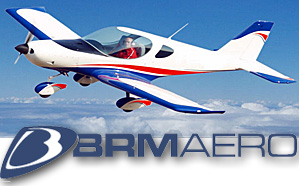
Here’s a tale of two planes. One has been seen and sold in the U.S. (Lambada motorglider). The other has a fascinating history and should look familiar to you… quite familiar. It’s now known as the NG 5 LSA and that probably rings no bell. However, NG 5 and the #2 ranked SportCruiser share a common history. NG 5 designer, Milan Bristela, once lead design work at Czech Aircraft Works, the first company to create and bring to market the SportCruiser. In 2010 that model took a yearlong debut as the PiperSport though once again U.S. Sport Aviation returns to their long support for and sales of SportCruiser, now produced by Czech Sport Aircraft. *** Along the way, Milan departed and worked for a time with another company called Roko Aero; the aircraft was then called the NG 4. The newly formed BRM Aero company said, “[We] finished collaboration with Roko Aero and stopped production of their NG 4 aeroplanes.” Now, Americans can welcome NG 5 LSA to be represented by Liberty Sport Aviation in Pennsylvania.






